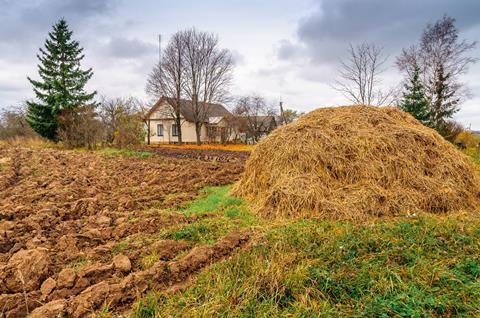New analytical approach can detect engineered nanoparticles in the environment

Source: © Shutterstock
Scientists from Austria and Switzerland have developed a new way to distinguish engineered nanoparticles from naturally occurring nanoscale particles in soil samples. The method works even at concentrations orders of magnitude below natural background levels.
Everyday items, such as cosmetics and textiles, increasingly contain nanoparticles. Concerns regarding nanoparticles’ potential impact on health and the environment mean regulators want to monitor synthetic nanoparticle (for example TiO2, SiO2 and CeO2) levels in the environment. However, samples often contain natural nanoparticles of similar size and composition, often at much higher concentrations. Conventional single-particle inductively coupled plasma mass spectrometry (spICP-MS), where the instrument locks onto one isotope, is unable to tell them apart.
After working in the area for several years, Frank von der Kammer and Thilo Hofmannfrom the University of Vienna and co-workers have now made a breakthrough based on multi-elemental fingerprinting to explore differences, such as elemental ratio, between engineered and natural nanoparticles. The team tested the concept using an instrument, developed by colleagues at the Swiss Federal Institute of Technology (ETH) in Zurich, that enables single particle analysis on a time-of-flight mass spectrometer (TOFMS). The prototype spICP-TOFMS instrument is so fast, it not only measures all of the different elements simultaneously, it does so for every particle. They then developed a machine-learning algorithm to train the analytical system, using well-defined standards of both types of nanoparticles, to increase the speed and precision of the analysis.
Read the full article in Chemistry World.
Single-particle multi-element fingerprinting (spMEF) using inductively-coupled plasma time-of-flight mass spectrometry (ICP-TOFMS) to identify engineered nanoparticles against the elevated natural background in soils
Antonia Praetorius, Alexander Gundlach-Graham, Eli Goldberg, Willi Fabienke, Jana Navratilova, Andreas Gondikas, Ralf Kaegi, Detlef Günther, Thilo Hofmann and Frank von der Kammer
Environ. Sci.: Nano, 2017
DOI: 10.1039/C6EN00455E










